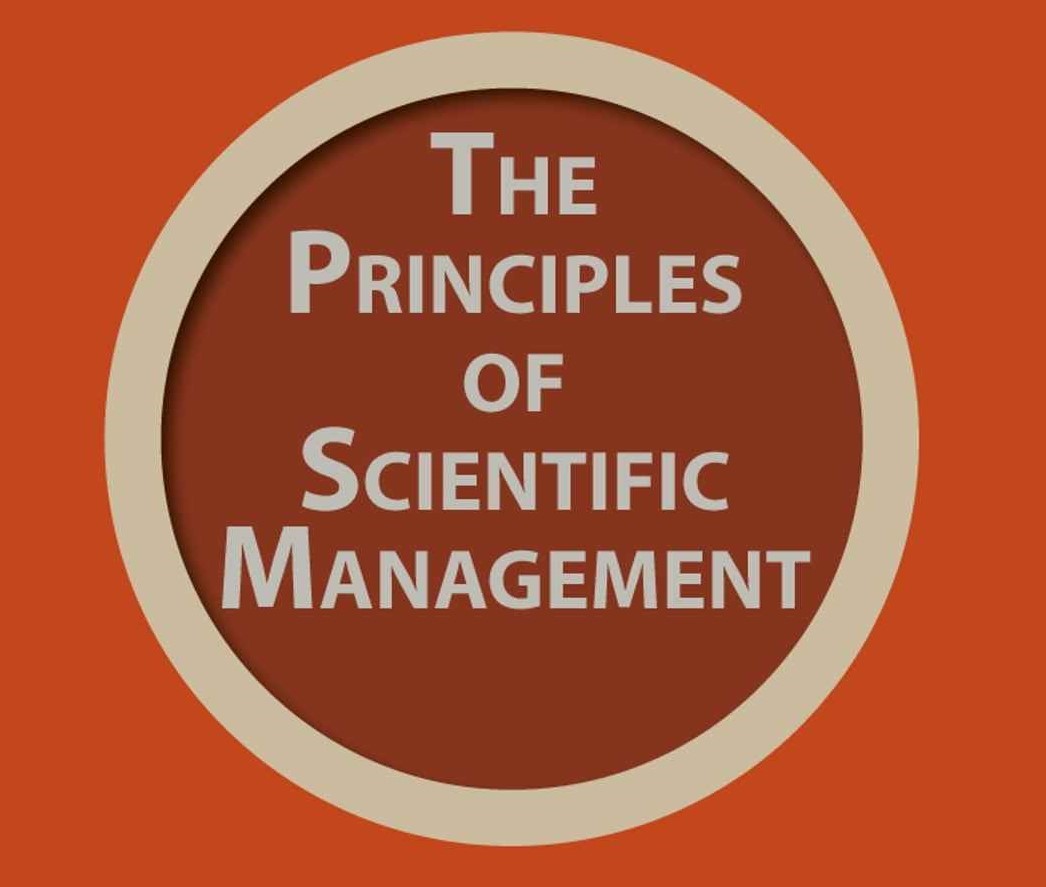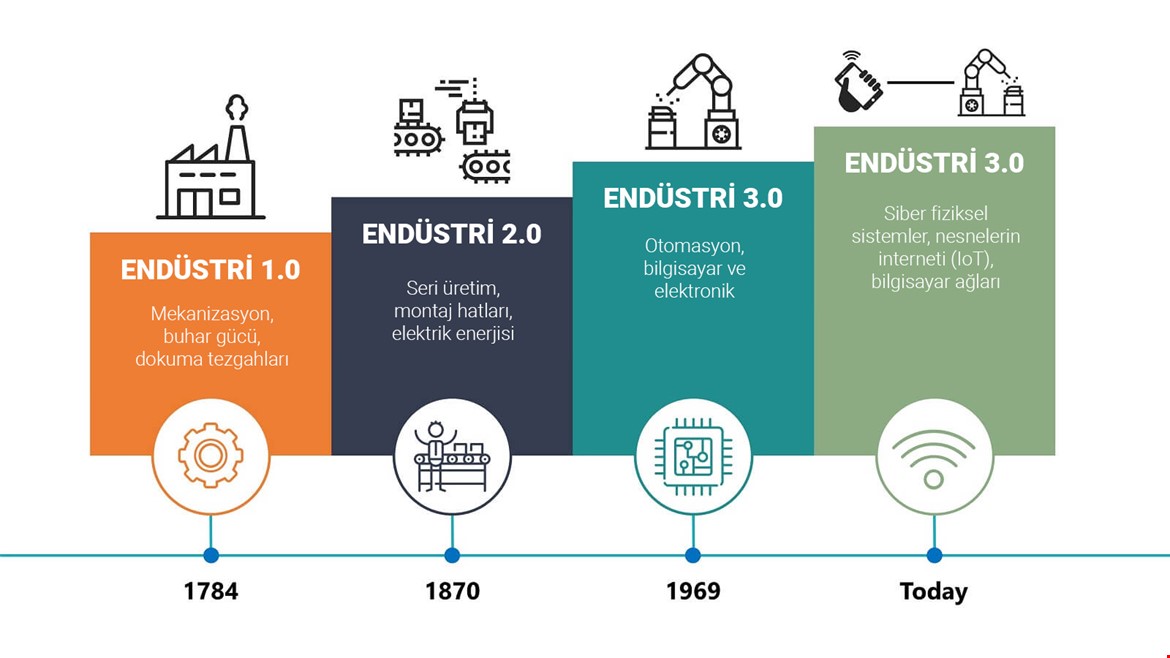28 Aralık 2016 5614 0 AGILE DEVELOPMENT Burak Keskin
Yes it is eventually expected to happen! What do you think the traditional waterfall project management model and the agile project management model are finally smiling at the moment when PMI PMBOK (Project Management Body of Knowledge) version 6's footsteps are heard? How so ? I feel like you are asking me.
Certainly these two models were not mutually exclusive, but of course it was always a matter of debate in the field of IT, especially in the management of software projects, and even after a lot of time laboring and getting PMP certification, PM projects and practices in IT projects and agile projects can not be managed. Put, the real life is turned.
Let's continue with our writing, saying that the Latife is not contrary to what is actually thought of as a pair of flesh and nails, and the predictive PMBOK information guide does not impose a model on the life cycle before moving on to what the PMBOK version 6 will bring to the agile approach. Predictive (predictable / Or adaptive (adaptive / change driven / agile) project management framework that includes a framework that includes both of the life cycle dynamics. So in other words, if your life cycle of progeny requires what you need, you can direct it to PMBOK by choosing the appropriate method of waterfall or agile.
In this case, let's remember first of all how we will decide whether project management requires traditional agile methods. Basically the approach is like this:
- If the scope, time and cost constraints of the project life cycle can be predicted at the beginning of the project, if the intensity and expectations of the participation of the stakeholders are known, then the traditional (linear / sequential) managerial model,
- If the scope, time, and cost constraints of the project life cycle are not predictable at the beginning of the project, if the intensity and expectations of your stakeholders vary, if the project phases are high level iterative changes then the iterative / agile governance model where the emphasis is at stakeholders would be more appropriate.
How did the agile project unmanageable perception under the guidance of the PMBOK, a typical example of the "well-known mistakes" phenomenon, occur? In my opinion, the main factor in thinking about the necessity of using all of the 47 administrative processes in the current version, regardless of what the project life cycle mentioned above, is. However, project management requires a "tailor-made" approach, according to the project. So as a project manager you decide which processes you will pro- fessively enforce according to the size of your project. So if you get up on a small project and try to adhere to the end of the 47th cycle, then the cumbersome administrative structure that leads you towards more agile models that seem to be more dynamic. Nevertheless, these processes are a kind of insur- ance that you can manage your pro- gen in an efficient and efficient manner in large-volume projects, of course, that can be fully implemented by the complete 47 processes.
Another factor is that in the current PMBOK version, there are no details of agile methods in the correlation of 47 processes distributed among 10 fields of information. At this point, PMBOK version 6 will be agile and respond to this situation, which naturally mixes heads. One of the most important innovations of version 6, according to the statements made, will be how to integrate agile, iterative, adaptive approach practices into the projects for each domain. Another innovation that has complemented this approach is that there is also an "agile in project management" section in the new version as well.
It is apparent that the agile point of view will find its place in the scope to calm the debate in the new version. How comprehensive this is, we will all be experiencing it together with PMBOK version 6. It's time to open the way back to project management life with version 5 ...










